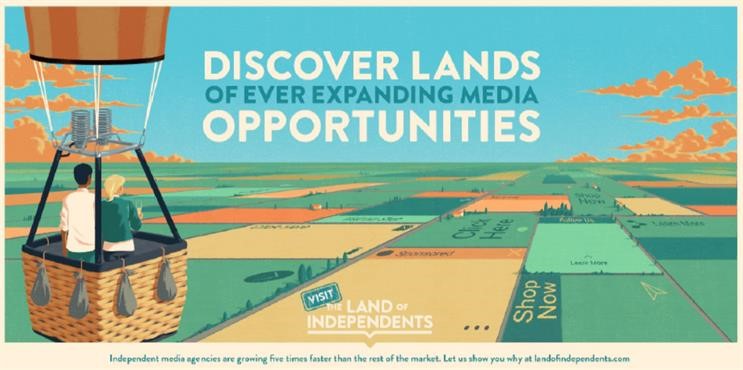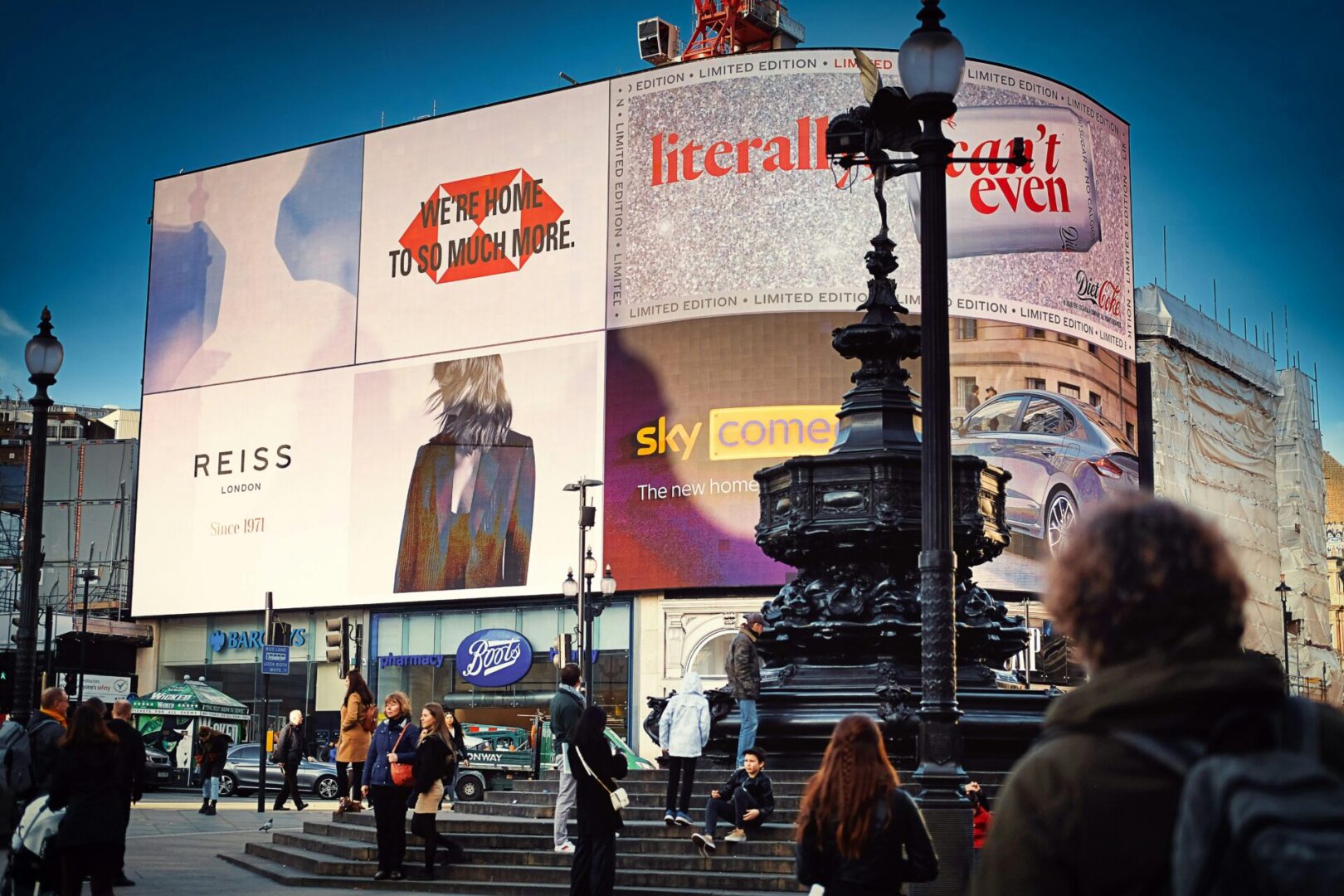
Once again, we find ourselves in an ever-evolving economic and cultural landscape. The role of advertising in creating demand has never been so important, but some adjustments will likely be required to account for a different shape of Q4 than we have seen previously.
Here are our seven rules for winning in Q4 2020.
- Flex to local behaviours
Unlike the national lockdown in spring, restrictions are likely to be unevenly distributed. Local lockdowns such as those currently being imposed in the North East mean that flexibility in media planning will be vital. For any advertisers planning national campaigns, we need to build a winning strategy around flexibility to circumnavigate this.
- Monitor market value
Our forecasts for Q4 currently indicate that the market remains in a state of recovery, with the importance of a strong Christmas trading period being hugely influential in keeping ad spend on a growth curve across all channels. As with all planning and buying, the audience being traded will have a significant impact on how cost-effective each channel will be.
- Help people make more considered choices
The7stars Lightbox Pulse identified that while 28% of shoppers are worried about the cost of gifts, 1 in 10 are planning to gift to more people than usual over the festive period. It is also therefore likely that gifting choices may become more sentimental, after such an anxiety riven year in which people have re-evaluated the importance of friends and family.
- Prepare for the homebound economy to accelerate
Online shopping is set to shift even more online, with around half of UK consumers saying they will do more shopping online than last year, as people become less motivated to browse in-store. It is important to note that the highest growth rates over the past few months came from multichannel retailers, not pure-play online retailers, many of them innovating with click and collect offers that made use of their physical footprint.
- Adapt phasing for ’12 days of Christmas’
1 in 3 Brits said they will be hosting more celebrations at home than usual. 1 in 10 say they plan to have multiple celebrations with different groups of friends/family. This means that media phasing may need to adapt to reflect a flatter season with less of the extreme peaks we usually witness in the festive period and more of a ‘plateau’ across a sustained period.
- Embrace empathy and humour
There is some evidence that over-earnest communication now more than ever lacks the ability to move people and risks being lost among other worthy pieces of communication. In fact, 3 in 4 consumers approve of brands providing funny or light-hearted content.The more agile you can be and control the creative after launch the better.
- Offer optimism
20% of Brits also feel that brands can play a role in boosting morale over the festive period. Brands could also put a more positive spin on 2020, capturing all the things that people made happen or started new hobbies and experiences. Equally, it could be about looking forward, inspiring people to start making 2021 plans around festivals, sport and holidays.








Recent Comments